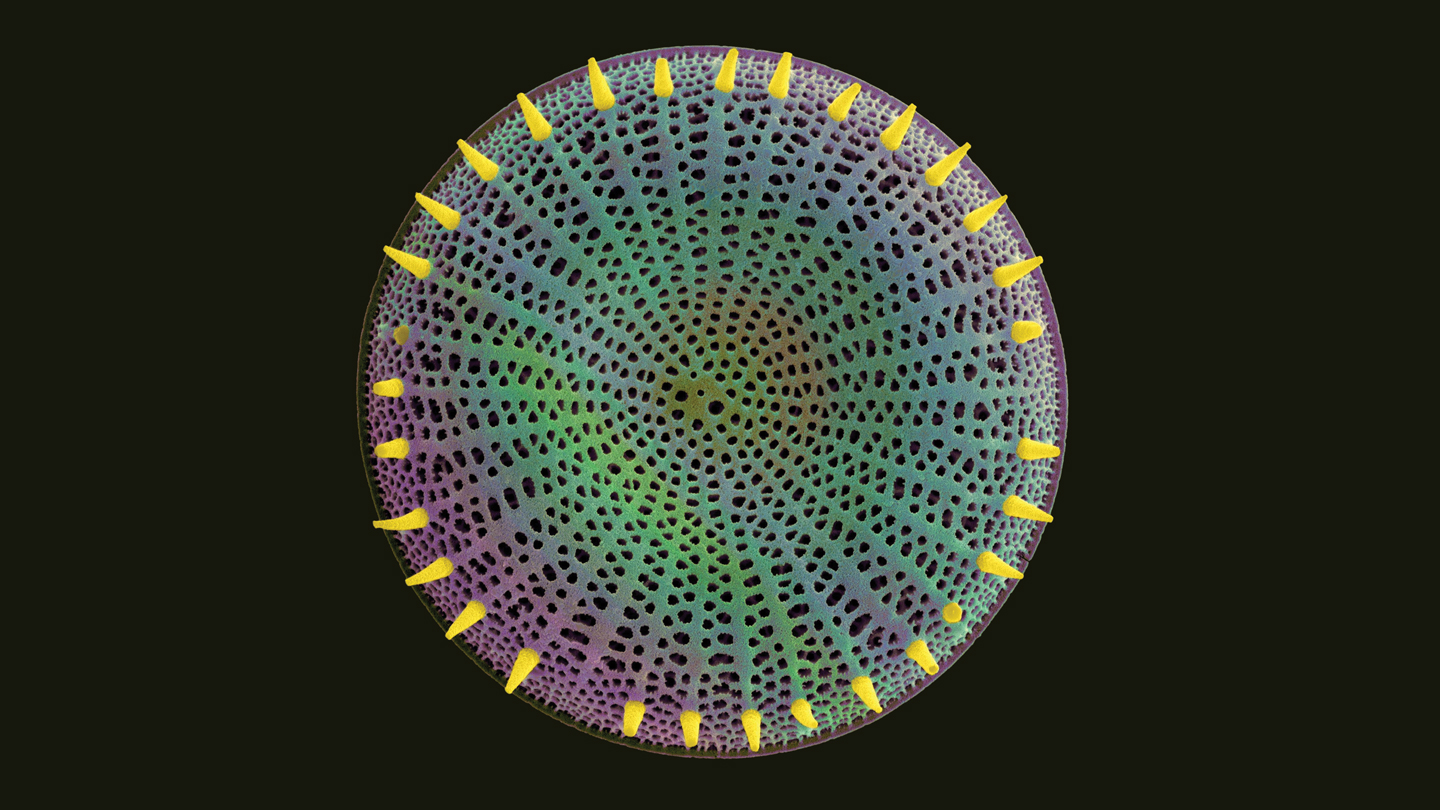Gumdrop with an earring.
He first collected the creatures, with no species name and a baffling form of locomotion, in 2010 and wondered for years how the locomotion worked. Hess has been seeking and tending such single-celled wonders since he was a teenager with a windowsill microzoo. As a grown-up, now at Technical University of Darmstadt in Germany, he specializes in the microscopic group his zoo featured: the protists.
This big, varied group of single cells are among the closest microbial cousins to multicellular life, and they wrap their genetic material inside a cell nucleus just as animals, plants and fungi do. Schoolroom trees of life for much of the 20th century and sometimes afterward often relegated the protist kingdom to some lower branch beneath the glorious crown of mostly multicellular kingdoms. Biologists think a little differently now, and bigger than mere kingdoms.
Today’s more modern schemes feature at least two vast hoops of microbial creatures, called the domains of Bacteria and Archaea (SN: 7/29/15). A third hoop, the Eukaryota, sweeps together the protists and the formerly proud treetop kingdoms: the animals, plants and fungi. Another sweep may be imminent, as the whole domain of eukaryotes, including the protists and the people who classify them, appear to be a branch of Archaea.
2023-10-06 10:00:00
Link from www.sciencenews.org



















